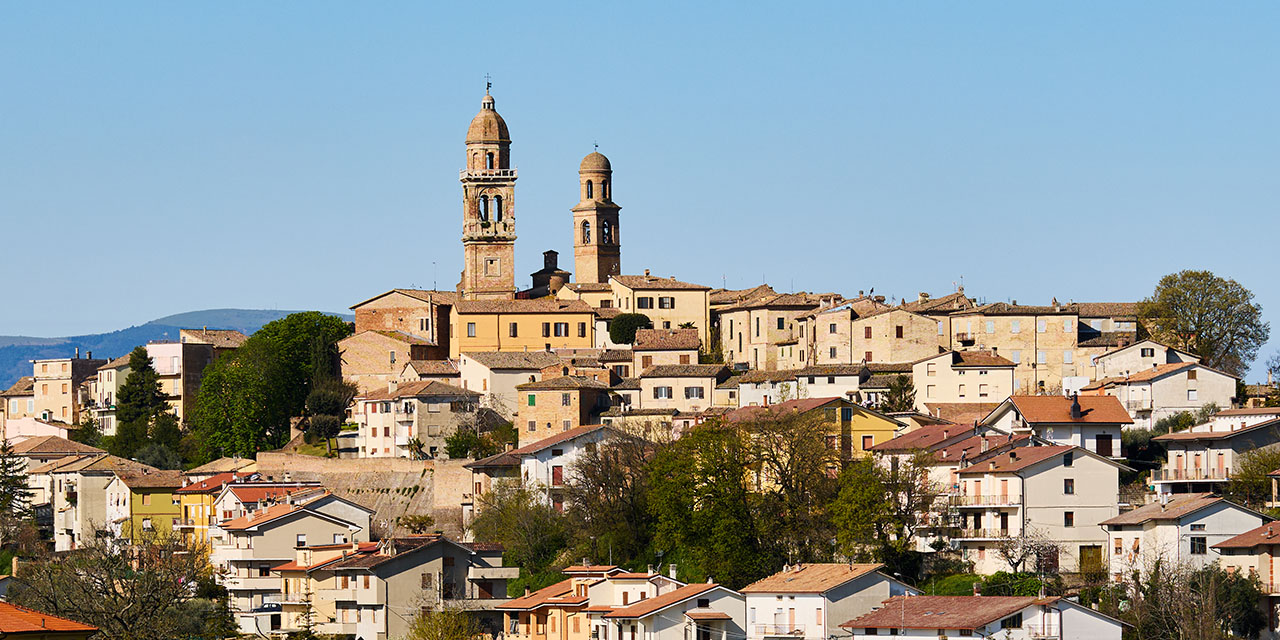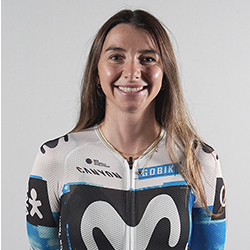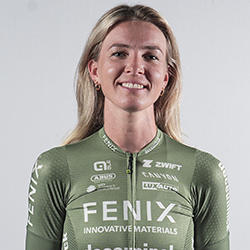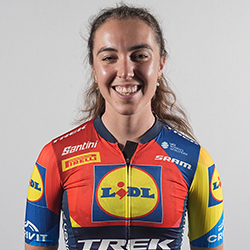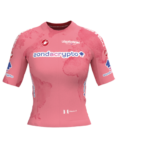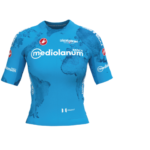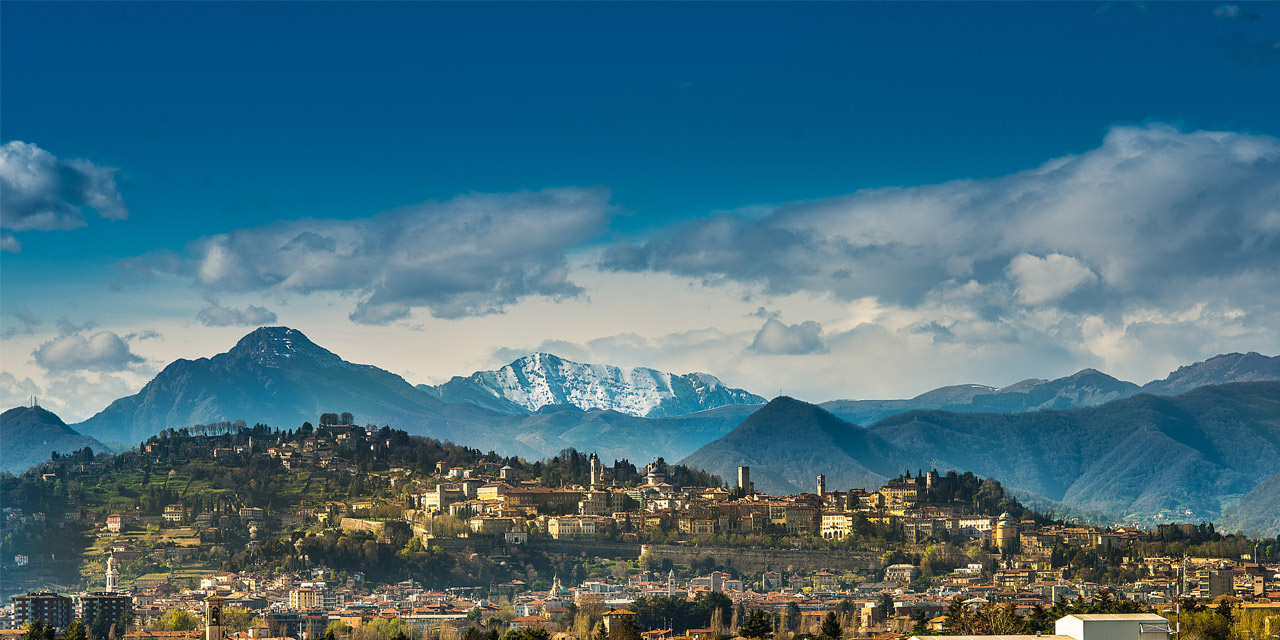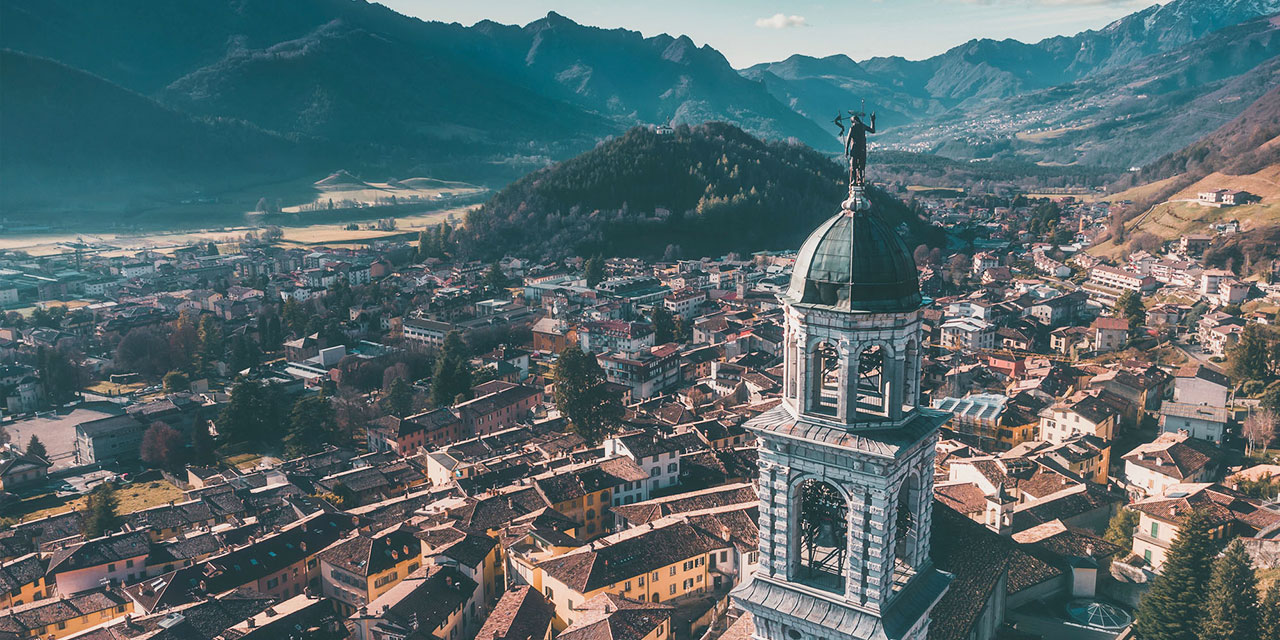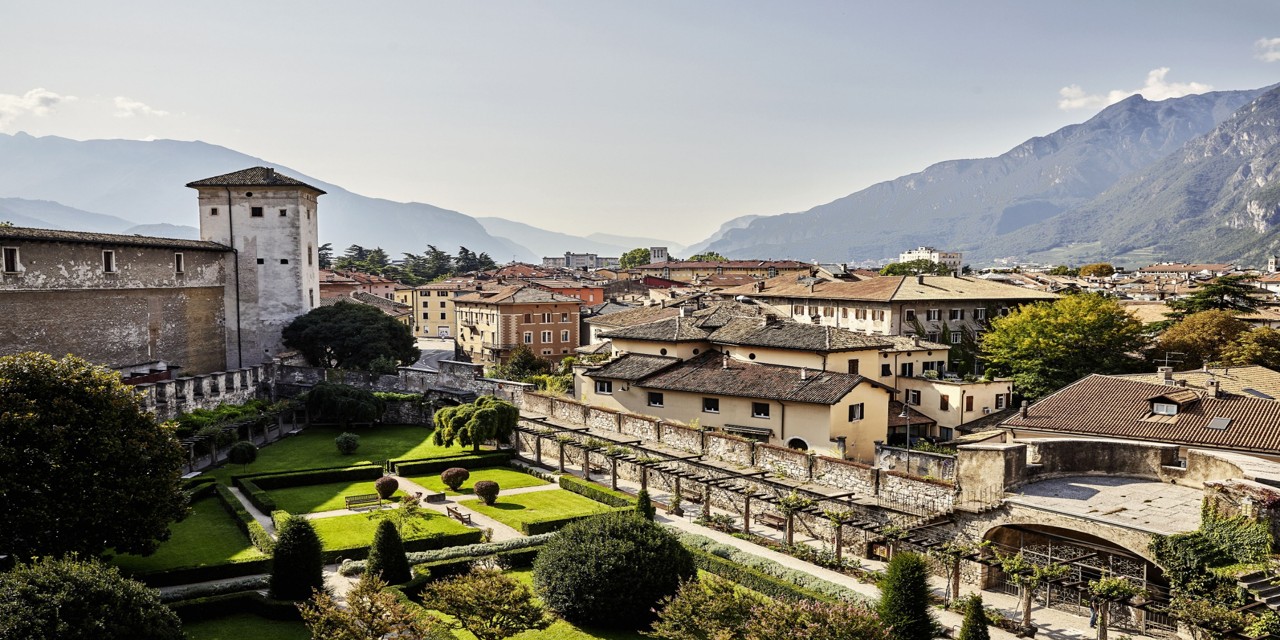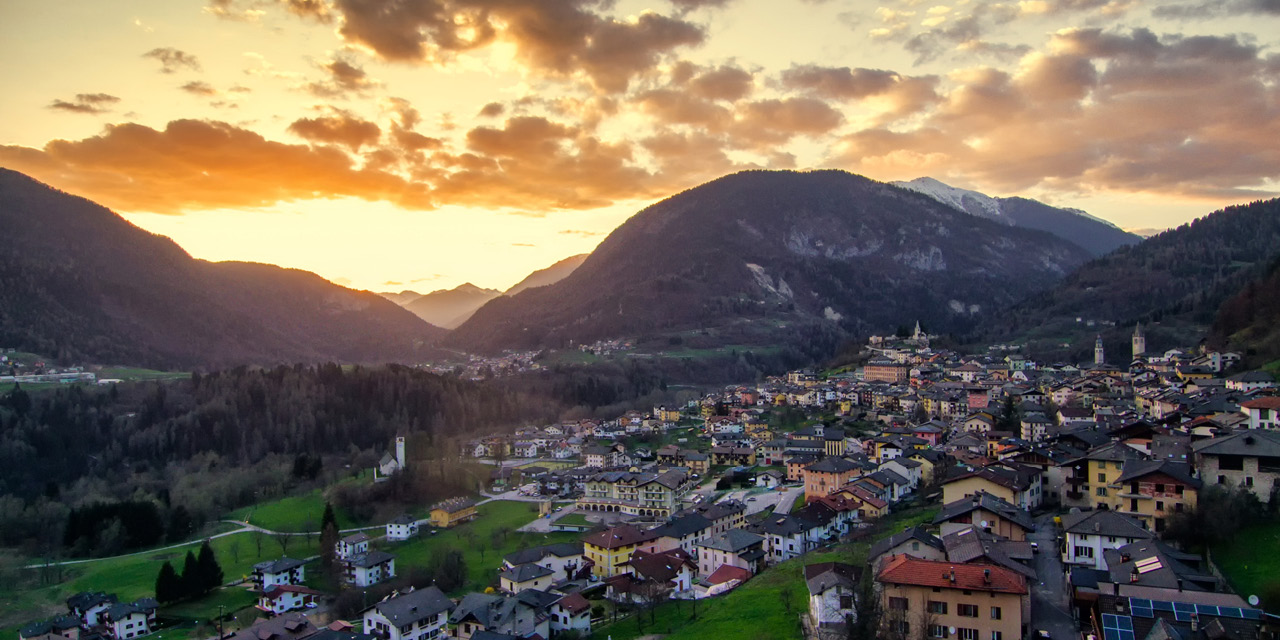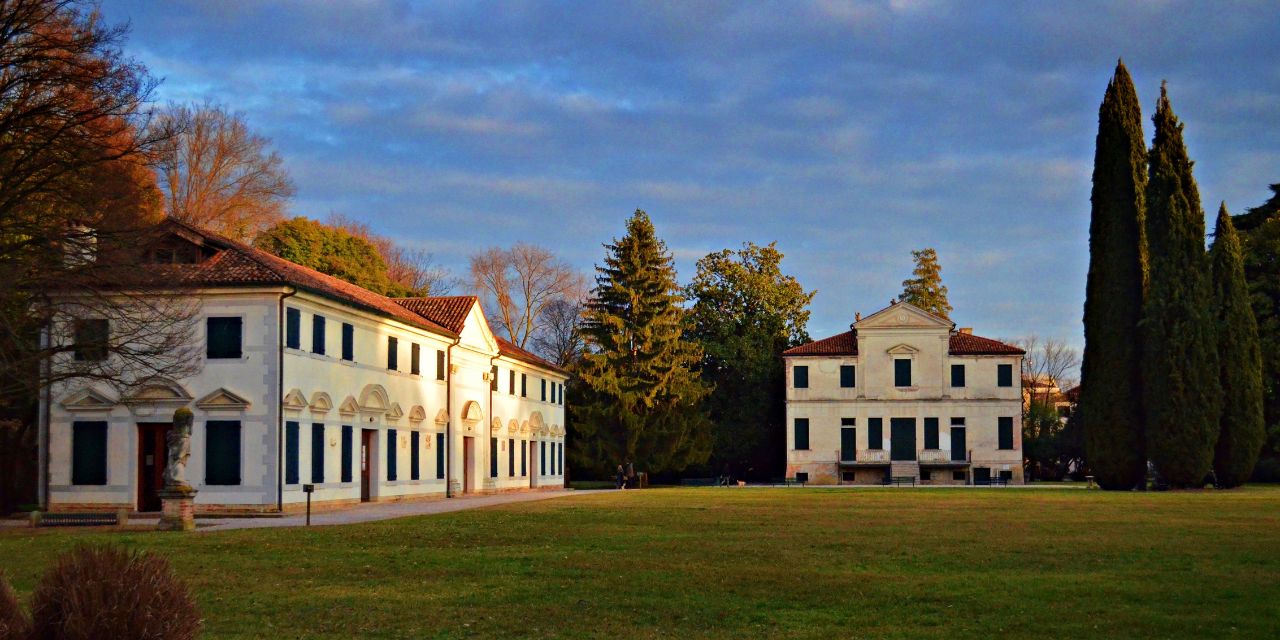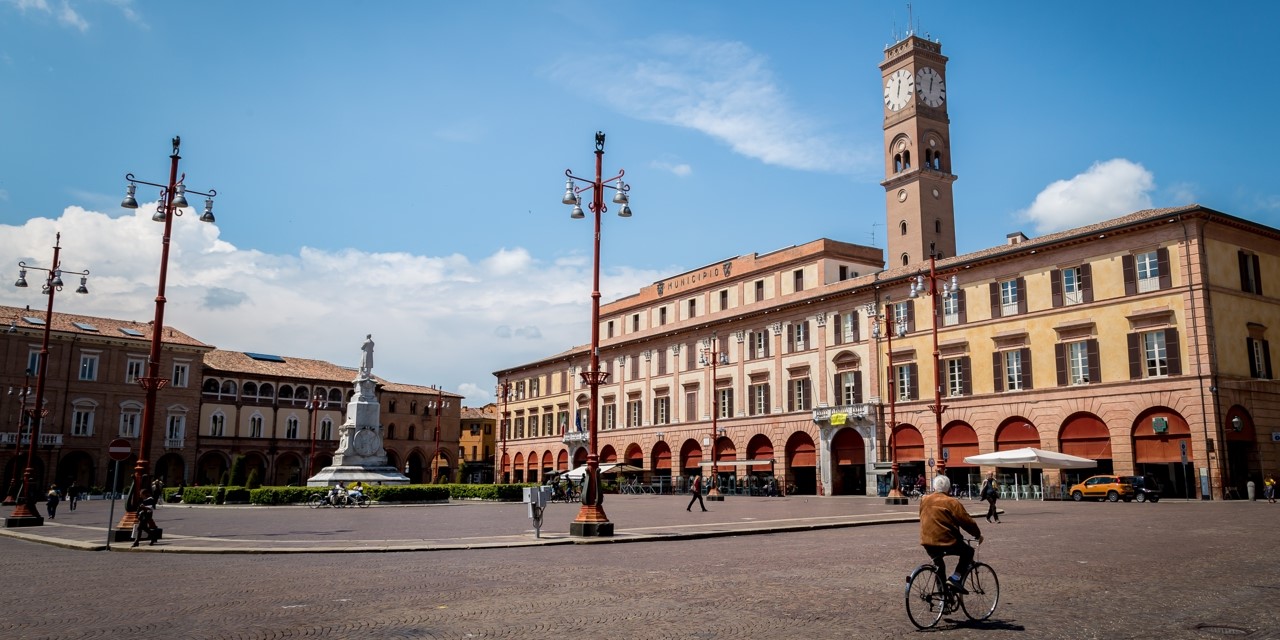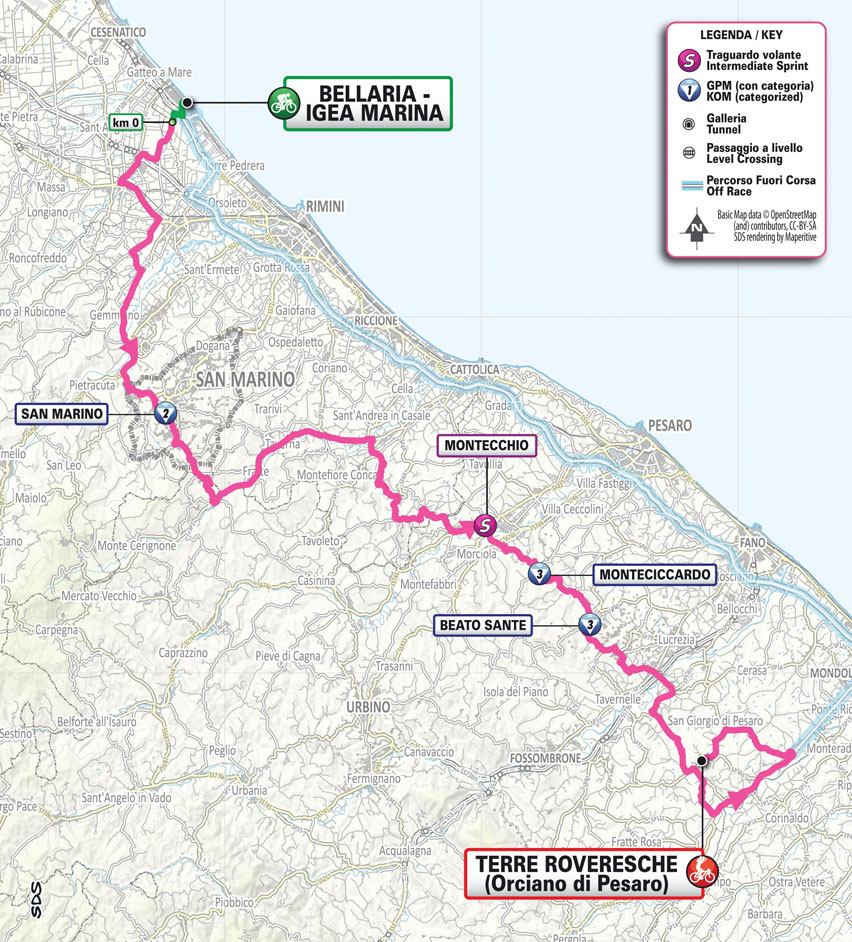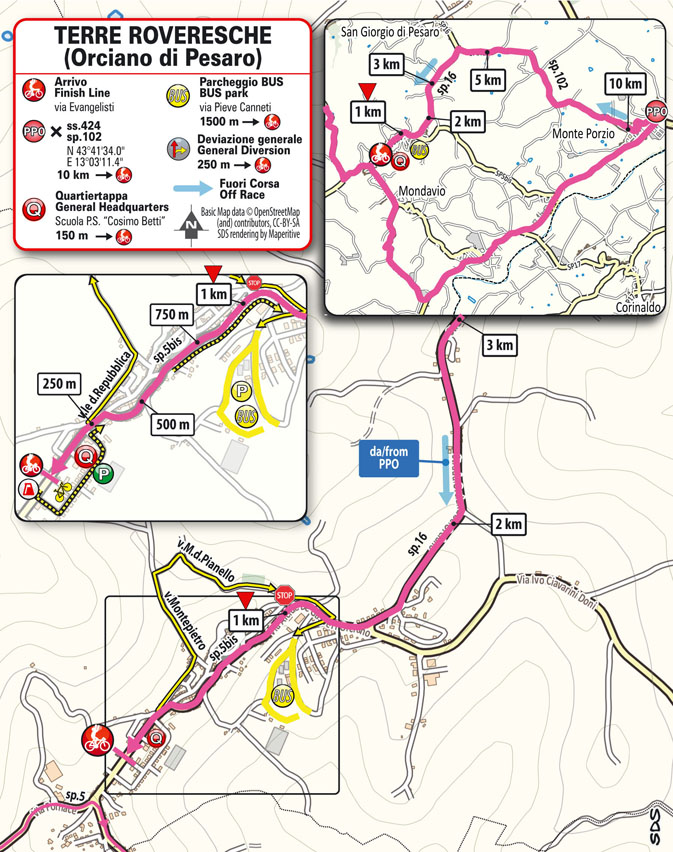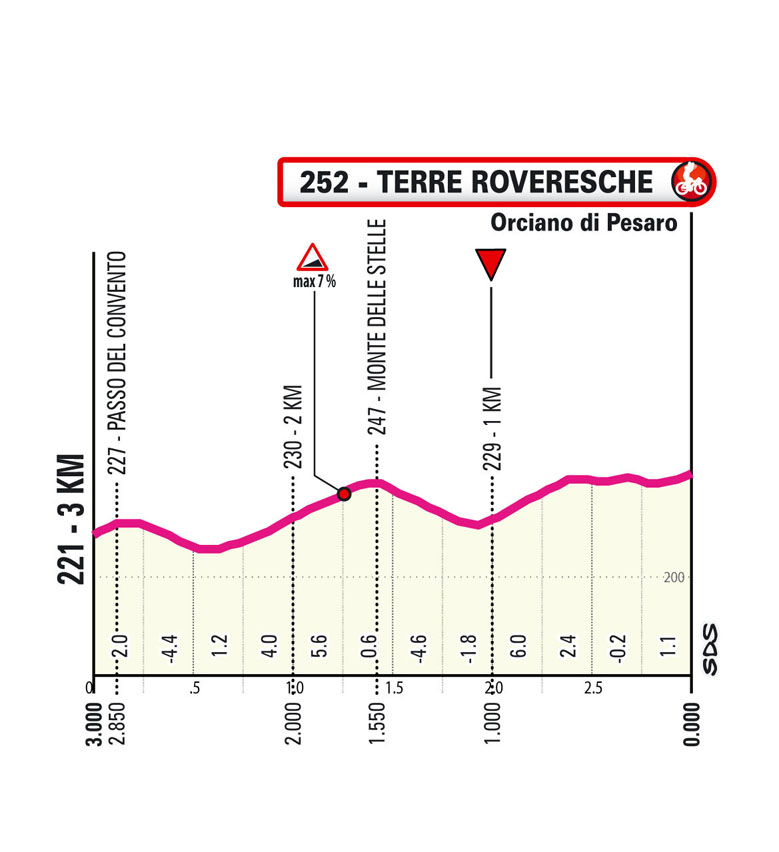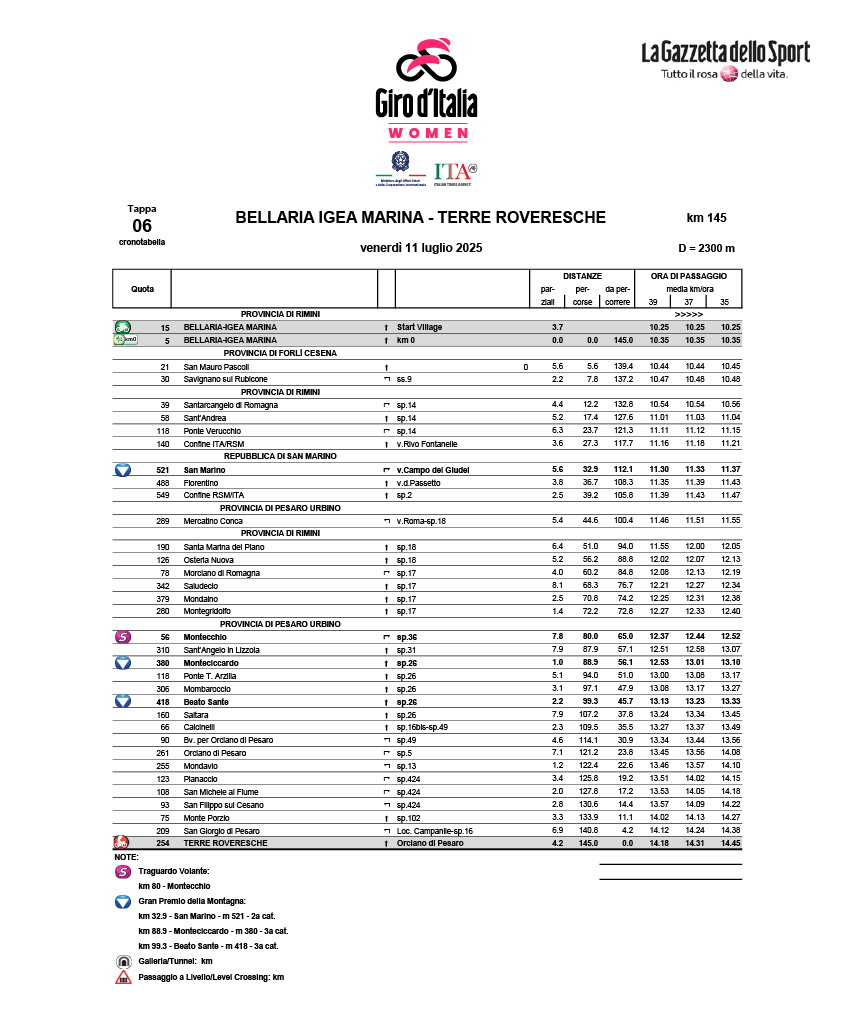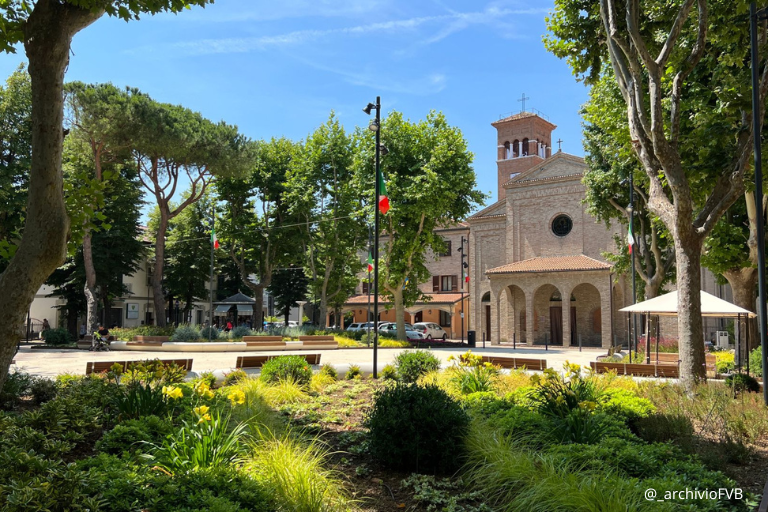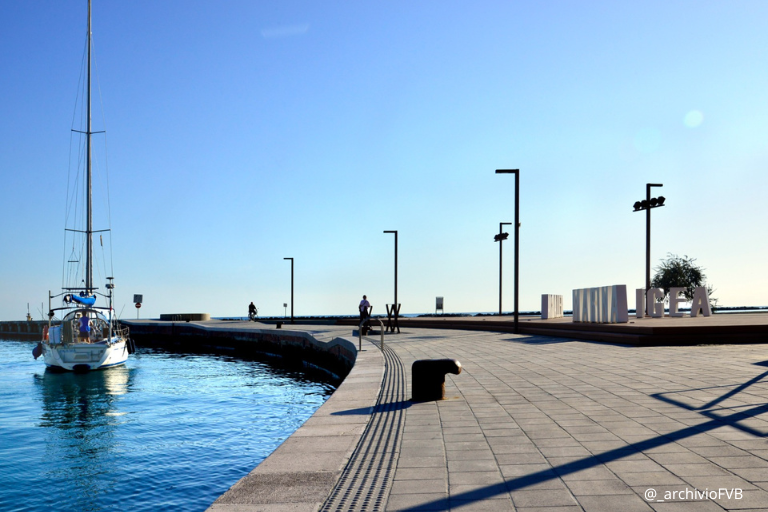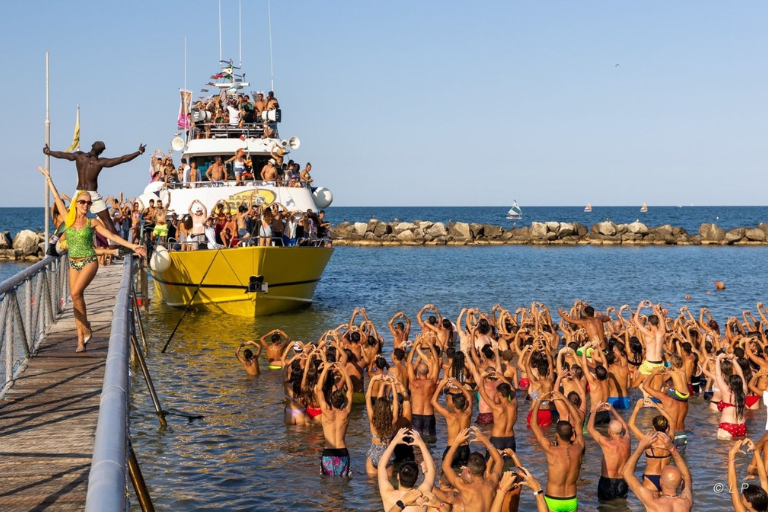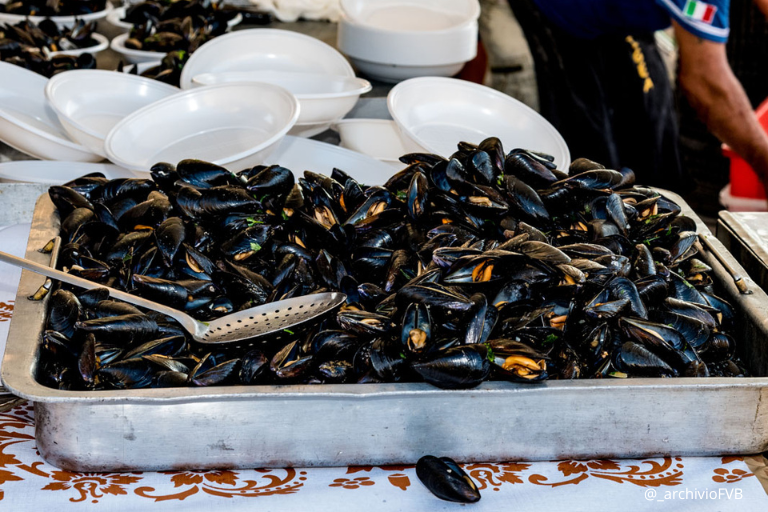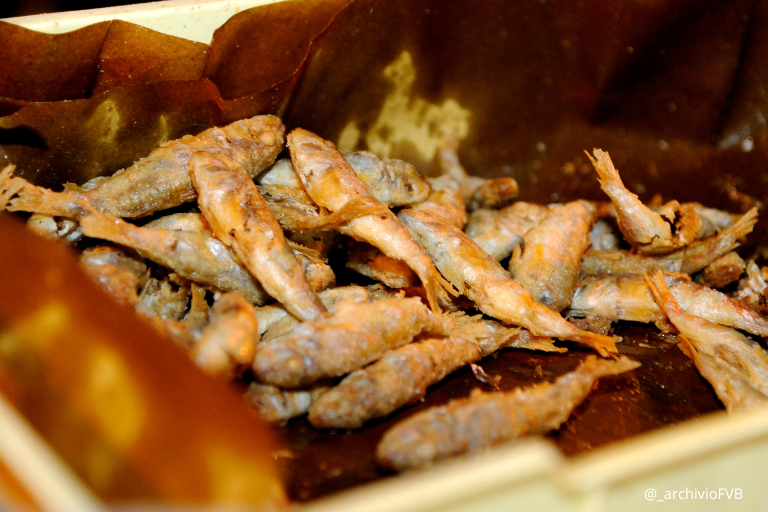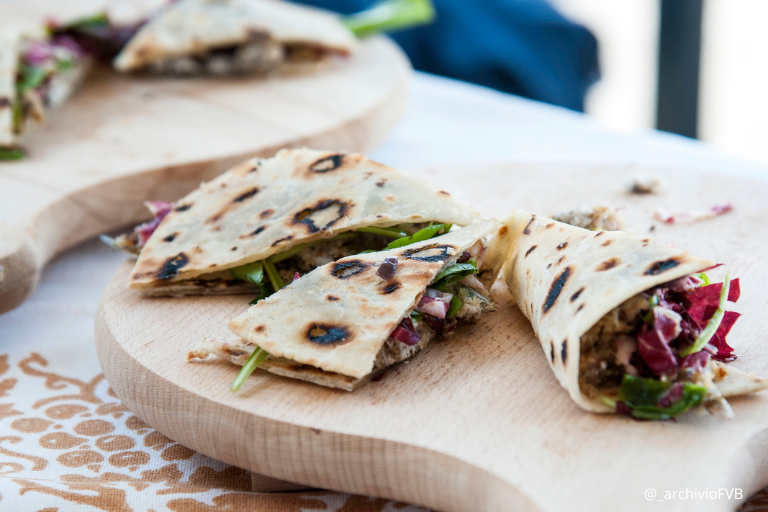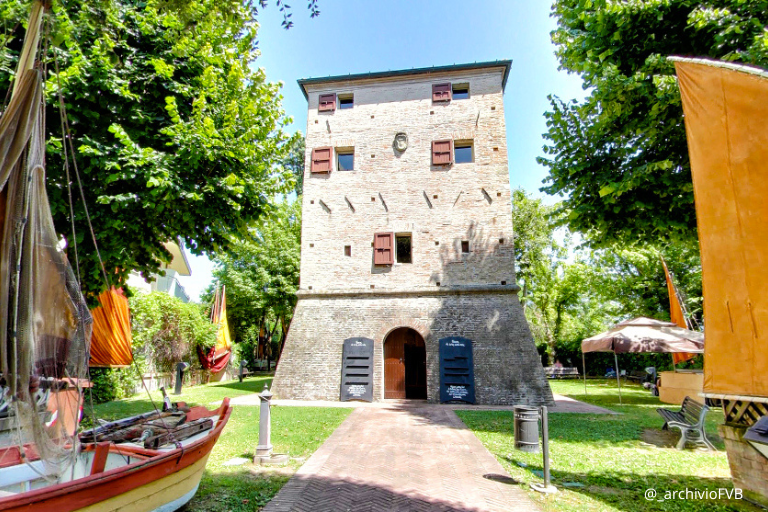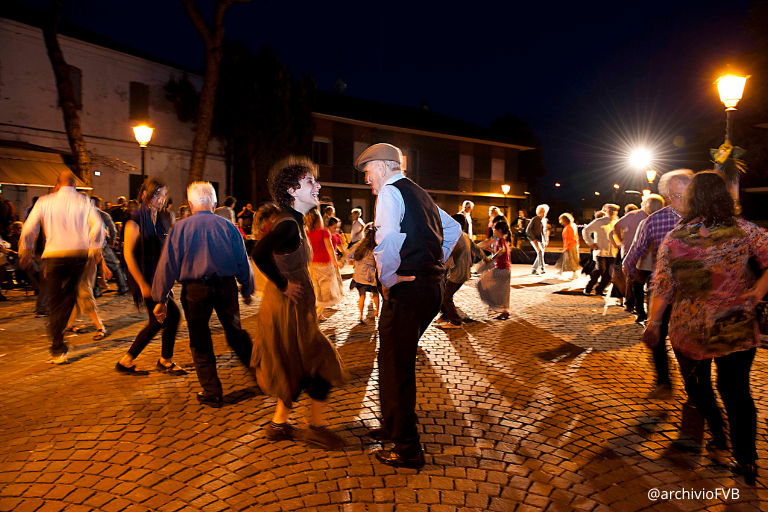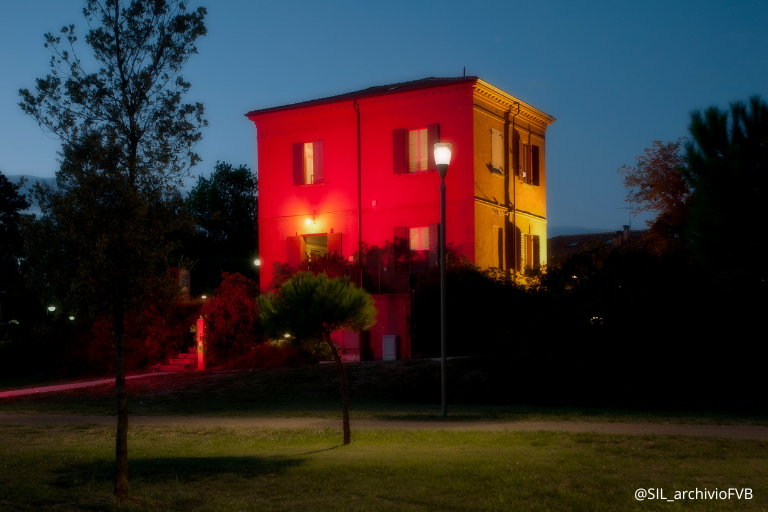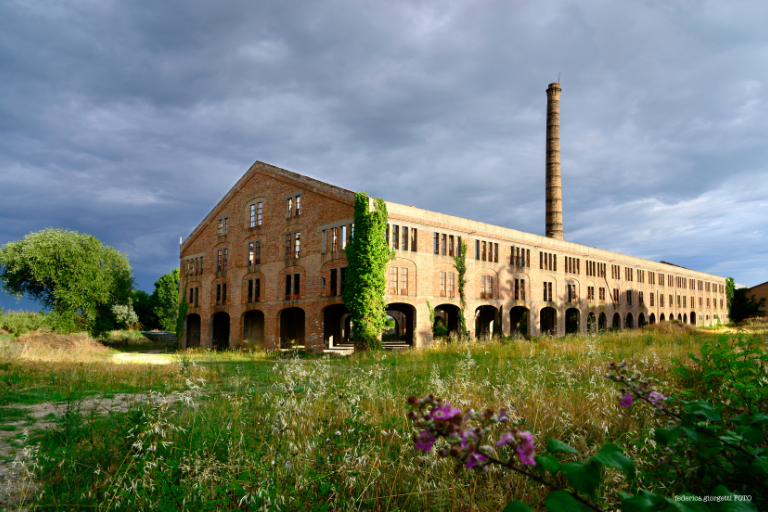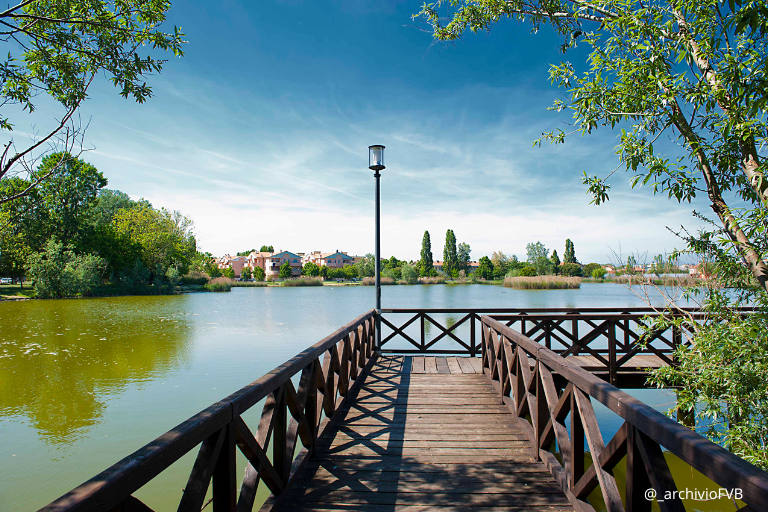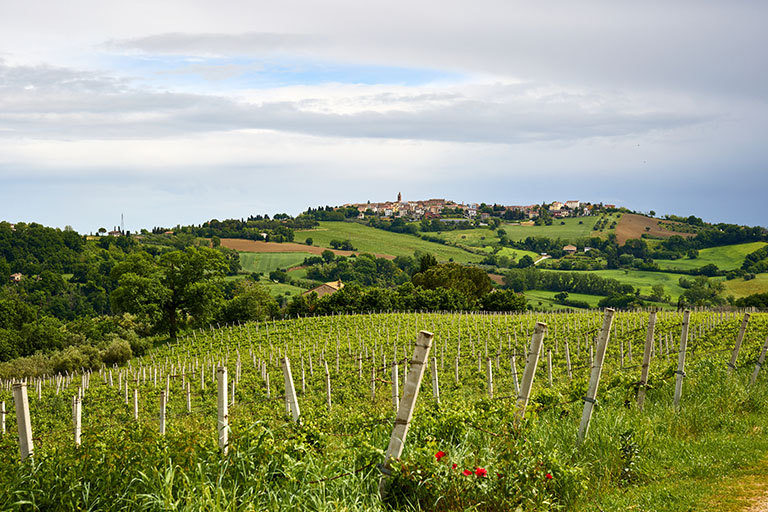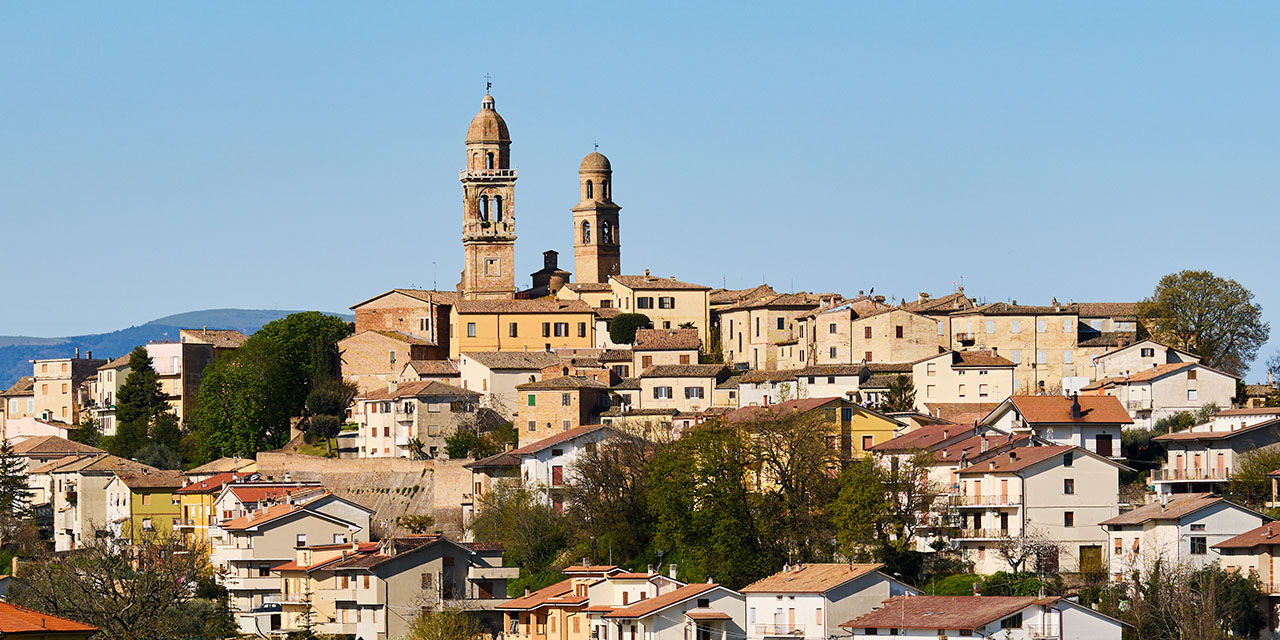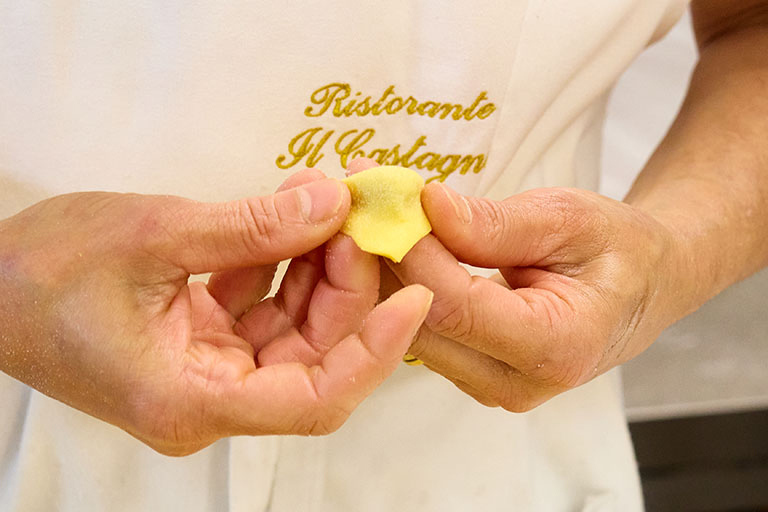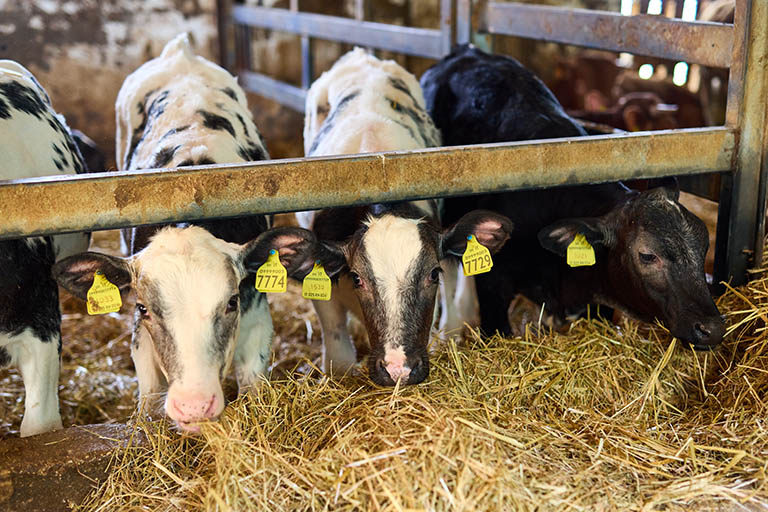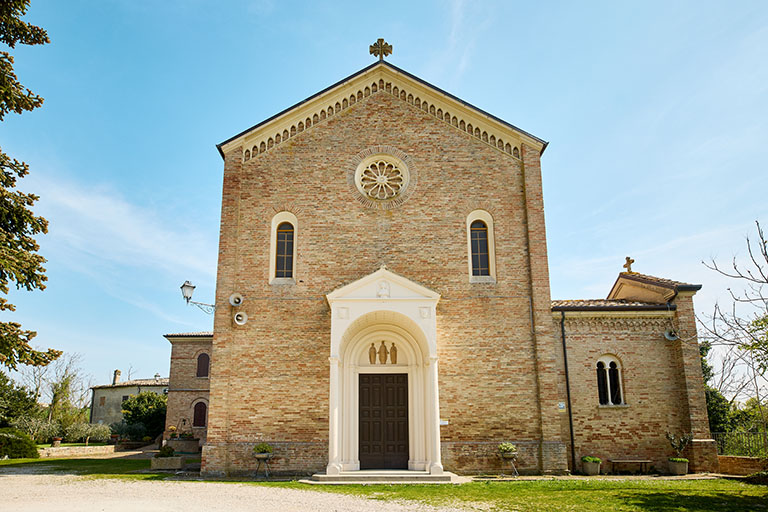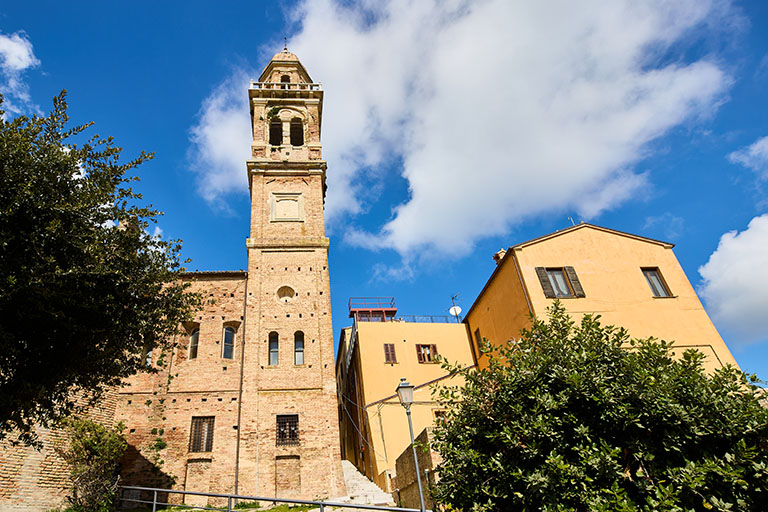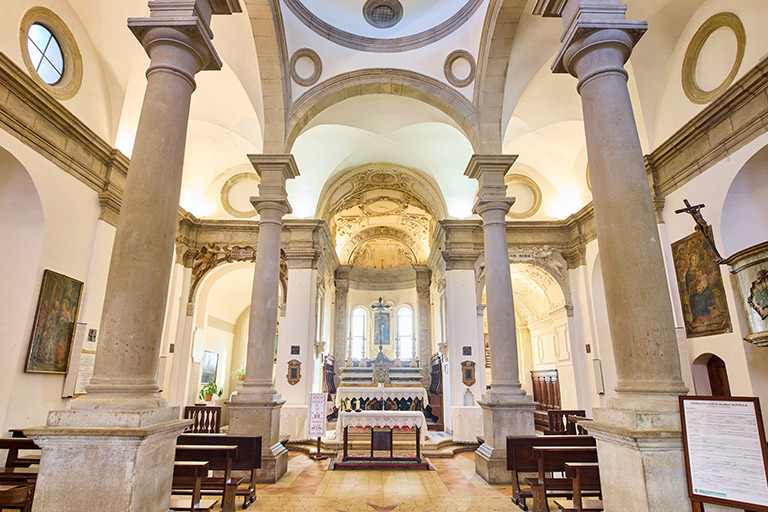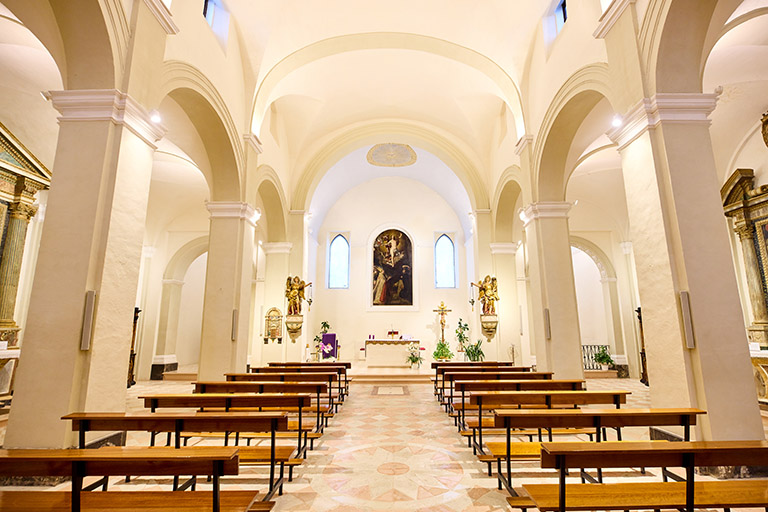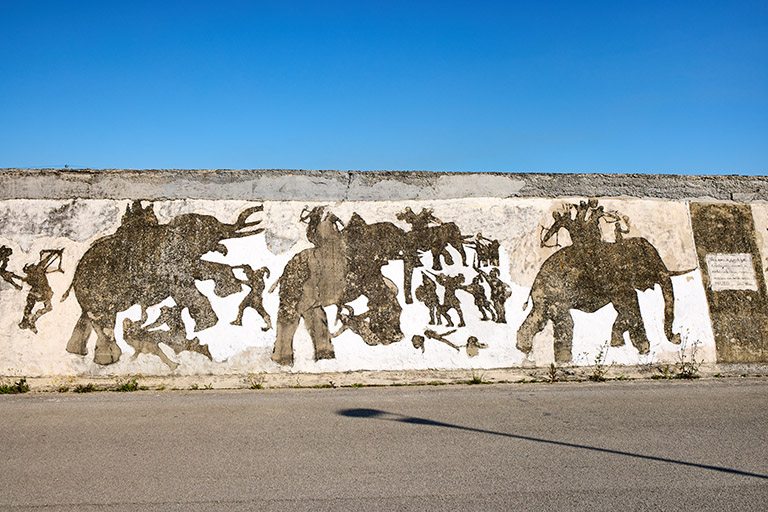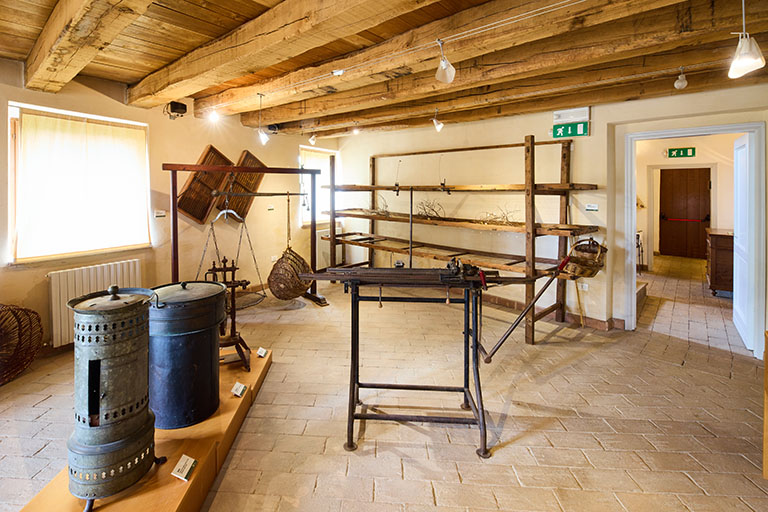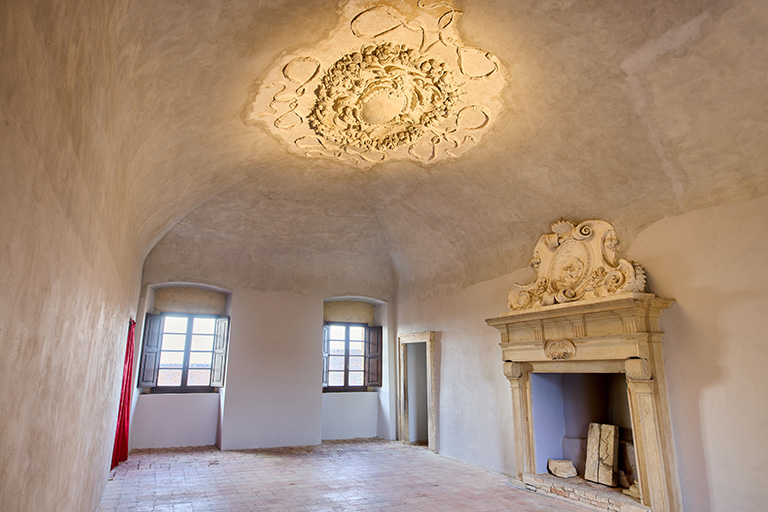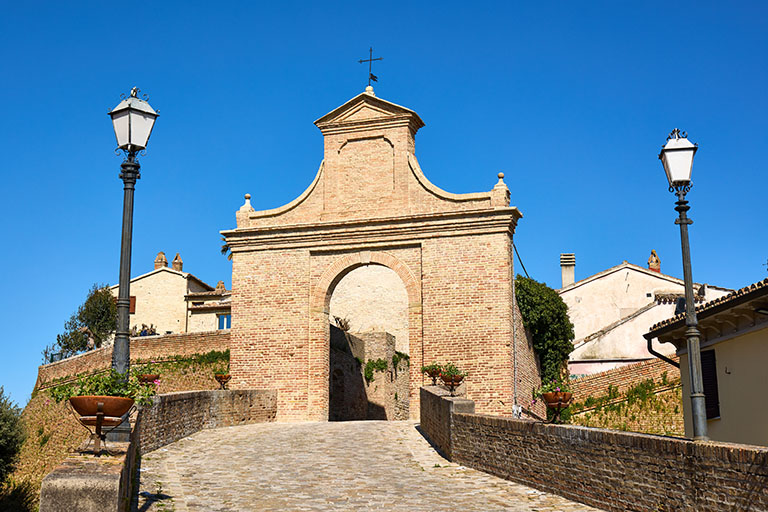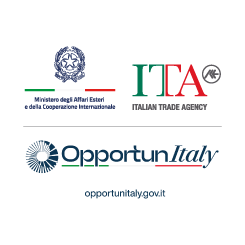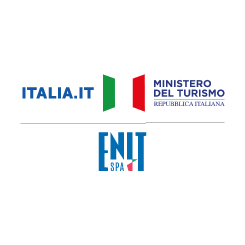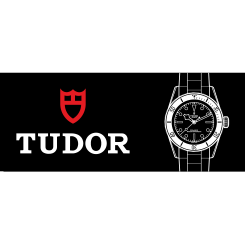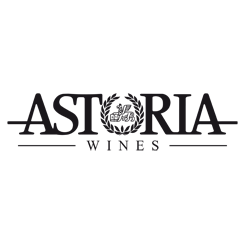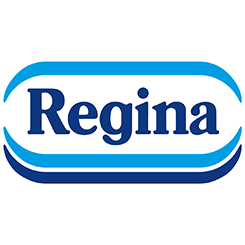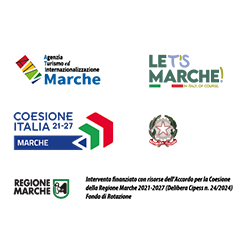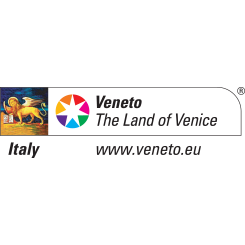learn more
technical info
profile
map
technical info
A very undulating stage after an initial flat stretch. The route enters the Romagna Apennines, ascends San Marino, then traverses the Pesaro area via multiple climbs including Mondaino, Monteciccardo, and Beato Sante. Punchy climbs continue through Cartoceto and Saltara before the final uphill drag to the finish.
Final kilometers
Rolling along the crest of the hills with various ups and downs and gradients up to 7%. Few directional changes. Final straight: 350 m, asphalt.
start / finish
final kilometres
itinerary timetable
tourist info
Host city:
Bellaria-Igea Marina
Overview
Bellaria Igea Marina originated as an old fishing village and has been a holiday destination since the early 1900s. Today, it is a modern and charming small town still on a human scale, featuring green spaces and a safe sea certified with the prestigious “Blue Flag”. Thanks to its environmental quality and services, the city is recognized as an ideal vacation spot.
Bellaria Igea Marina is a family-friendly city, thanks to the special attention given by local tourism operators who offer beach and hotel facilities equipped for families and pets, as well as shops that cater to children with dedicated initiatives. A key highlight of the city is its pedestrian promenades, where visitors can stroll safely among shops, restaurants, pubs, and cafes – especially along Viale Ennio and the Isola dei Platani (Viale P. Guidi).
Due to its strategic location in the heart of the Adriatic Riviera, from Bellaria Igea Marina you can quickly reach world-renowned art cities, major theme parks, and a rich hinterland dotted with medieval castles and fortresses.
Food
Bellaria Igea Marina boasts a rich and flavorful culinary tradition, rooted primarily in maritime cuisine. Events like “Il Gusto del Porto“ (“The Taste of the Port”), held at the end of summer, celebrate this tradition by bringing typical seafood dishes to the table – cooked by fishermen and volunteers alike. Among seafood broths, pasta dishes, fried and grilled fish, and flatbreads filled with the day’s catch, the highlight is undoubtedly the local mussels: “the Amber of the Sea”. These delicious shellfish are cultivated just a few miles off the coast of Bellaria.
The piadina is, of course, the “queen” of many local dishes – a typical Romagna bread that pairs perfectly with both land-based flavors (like cold cuts and cheeses) and sea-based ones (such as sardines and anchovies).
As for dessert: the essential ciambella (ring cake), always best enjoyed with a generous glass of wine!
Recommended stops to enjoy the culinary arts and traditions of the area include typical restaurants, trattorias, taverns, wineries, farmhouses, agricultural businesses, fish markets, dairies, and oil mills.
Points of Interest
For nature lovers, Bellaria Igea Marina features two important natural sites.
- Gelso Park, located in Igea Marina, is the city’s “green lung” and one of the largest urban parks on the Adriatic Coast, covering about 40 hectares. Named after the small lake within it, it’s popular with fitness enthusiasts and outdoor activity lovers. It also has an open-air gym and a well-equipped playground for children.
Uso Trails: a 10 km cycle-pedestrian path that runs along the Uso River, connecting Bellaria Igea Marina to the nearby town of San Mauro Pascoli through lush surroundings.
- EX FURNACE: a fascinating industrial-style structure surrounded by a 3-hectare park with an attached lake, near the Uso River and close to the town center. The former brick factory is now owned by the municipal administration and was restored and revitalized for public use. It is accessible via the cycle-pedestrian route along the riverside park and includes a large play area, a fitness zone, and a picnic area.
- BORGATA VECCHIA (Old Village District): one of the city’s oldest historic quarters, founded in the Middle Ages as a postal stop along the Via Romea. Revitalized in recent years, since 1993 it has hosted the city’s major folk festival: “La Borgata che danza“, a street festival of traditional oral music. Since 1994, its buildings have featured murals, with new paintings and sculptures added in 2018, creating an open-air art gallery.
- SARACEN TOWER: the Saracen Tower is a symbol of Bellaria Igea Marina and appears in the city’s coat of arms. Built in 1673 as a defensive tower against Saracen pirate raids, it is the only remaining original structure of its kind with traditional architectural features. Today, it serves as a cultural site open to the public. The ground floor hosts temporary exhibitions, while the first floor houses the Shell Museum, with specimens from around the world. The surrounding garden features marine artifacts and old boats.
- ALFREDO PANZINI’S RED HOUSE: located in the Cagnona district, the “Red House” was the summer home of writer Alfredo Panzini. Recognizable by its red stucco and similar in style to a railway guardhouse, the villa stands on a dune above the railway and is surrounded by a large garden. After significant restoration, visitors can now tour the rooms once inhabited by the writer, along with the annex and the sharecropper Finotti’s house. The large garden in front of the house features lush Mediterranean vegetation and hosts numerous public, free events.
Terre Roveresche (Orciano di Pesaro)
Overview
The “Terre Roveresche” are lands where tradition lives on and is treasured as a fundamental heritage by the people who inhabit them. Ancient castles rise from the tops of hills, shaping the gentle profile of the typical Marche landscape, hiding among the narrow alleys unique jewels of inestimable historical and artistic value.
Food
Tacconi – A traditional rustic fresh pasta similar to tagliatelle. Tacconi are made with eggs, white wheat flour, and fava bean flour. The resulting dough is firm and holds sauce well, whether made with fresh tomatoes or meat ragù.
Passatelli – Fresh pasta made from breadcrumbs, cheese, and eggs, pressed through a potato-ricer-like tool. They can be eaten in broth or served dry with sauces made from vegetables and mushrooms.
Cappelletti – Fresh pasta filled with finely ground mixed meats. They are served either in broth or dry with cream and various sauces, either meat- or vegetable-based.
Lasagne – Fresh pasta cut into rectangles and briefly boiled, then layered with béchamel sauce and either meat ragù or vegetarian fillings.
Cannelloni – Fresh pasta cut into rectangles, boiled, then rolled into cylinders and filled with béchamel, meat ragù, or vegetarian fillings.
Ravioli – Fresh pasta made from overlapping sheets, filled with ricotta and spinach, or with meat and cheese.
Pasticciata – Veal pot roast cooked slowly in a closed pot with wine or broth flavored with spices. It is served sliced thin and dressed with its own cooking juices.
Spezzatino – A stew made from less prized cuts of veal, beef, or pork, diced and slow-cooked in a sauce. It is almost always prepared with diced potatoes.
Favoni – Typical local sweets with a wholesome, rustic flavor. They are generally made from a two-colored dough twisted together, cut into chunks, shaped into spheres, and baked in the oven.
Ciambella imbottita – A soft ring-shaped cake sliced into two or more layers and filled with custard and cocoa cream, moistened with alchermes liqueur and/or coffee.
Wines
Hundreds of hectares of vineyards owned by local producers, where top-quality grapes are cultivated from carefully selected vines according to strict guidelines aimed at reducing environmental impact (including the use of plant-based nitrogen fertilizers, mechanical weeding between the rows, etc.).
WHITE WINES produced from Bianchello and Verdicchio grape varieties
- Bianchello del Metauro – D.O.C.
- Tenuta Campioli
RED WINES produced with Montepulciano, Sangiovese, Merlot and Canaiolo nero grape varieties
- Colli Pesaresi Sangiovese
- Guerriero Nero
- Guerriero della Terra
- Bartis
- Luigi Fiorini
BRUT SPARKLING WINES produces from Bianchello, Chardonnay, Canaiolo, Malvasia and Merlot grape varieties
- Rosé e Bianchi Extra Dry
- Moss
- Rosa dei Venti
SWEET AND PASSITO WINES produced from Sangiovese, Lacrima and Moscato grape varieties
- Moscato
Monsavium
Points of Interest
BARCHI is a small Renaissance “Ideal City”, entirely designed on a hill at the end of the 16th century by Filippo Terzi, architect to the Dukes of Urbino and the Royal Courts of Spain and Portugal. From Porta Nova, the triumphal arch at the entrance to the castle, one arrives in the Piazza, before the Town Hall and the Tower that dominates the entire valley. The Collegiate Church of Sant’Ubaldo features on its side altars paintings of the Baroque school (by Nicolò Martinelli known as Trometta, Francesco Allegrini, Giovan Francesco Guerrieri, and Antonio Cimatori known as Visaccio); the choir loft holds the ancient organ (1786) crafted by the Venetian master Gaetano Callido.
At the summit of the hill in ORCIANO DI PESARO, stand the silhouettes of the Civic Tower and the Malatesta Tower (1348), at whose base lies the Church of Santa Maria Nuova (1492) with a beautiful white stone portal carved in the shape of a tabernacle. Next to the square, the work of native son Giò Pomodoro, you’ll find the Museum of Rope and Brick, dedicated to local artisanal traditions, especially working raw hemp into rope and crafting bricks using earth, fire, and water in the old brick kiln.
The small village of MONTEBELLO hosts an ancient palace adorned with valuable stuccoes by Urbino sculptor Federico Brandani and frescoes by Taddeo Zuccari. From 1609 to 1632, it was home to Lavinia Feltria Della Rovere, sister to the Duke of Urbino Francesco Maria II, a noblewoman of great character and a prominent Renaissance cultural figure who corresponded with courts throughout Italy. She transformed the Palace of Montebello into a vibrant cultural center, second only to the Ducal Palace of Urbino.
SAN GIORGIO DI PESARO is nicknamed the “Town of Dialect”. The Church of the Holy Spirit is the main place of worship, with recovered artworks from many chapels in the area. The Convent of Santa Maria della Misericordia (1523) is a deeply spiritual site dedicated to Saint Pasquale Baylon (1540–1592), Patron Saint of Terre Roveresche. In the historic center, the “House of Mina” is home to the MuSA (Historical Environmental Museum), with sections dedicated to traditional crafts and trades such as silkworm farming, beekeeping, and taxidermy.
In PIAGGE, beneath the medieval walls of the ancient “Castrum Pladiarum”, lies the Ipogeo, a mysterious underground tunnel carved into the tuff rock about seven meters deep, dating to the early centuries A.D. The cave features the typical cruciform layout of an early basilica, with a central corridor intersected by horizontal arms, suggesting it may have served a sacred function. This idea is reinforced by the presence of ancient symbols linked to early Christianity and interwoven with pagan iconography. The Civic Tower, from the 16th century, towers over the castle square at the highest point of the historic center overlooking the Metauro Valley.
Videos Stage 06

Giro d'Italia Women 2025 | Stage 6 | Highlights 🇬🇧
11 Jul 2025
Giro d'Italia Women 2025 | Stage 6 | Last KM 🇬🇧
11 Jul 2025
Giro d'Italia Women 2025 | Stage 6 | Giro Express
11 Jul 2025Photos Stage 06
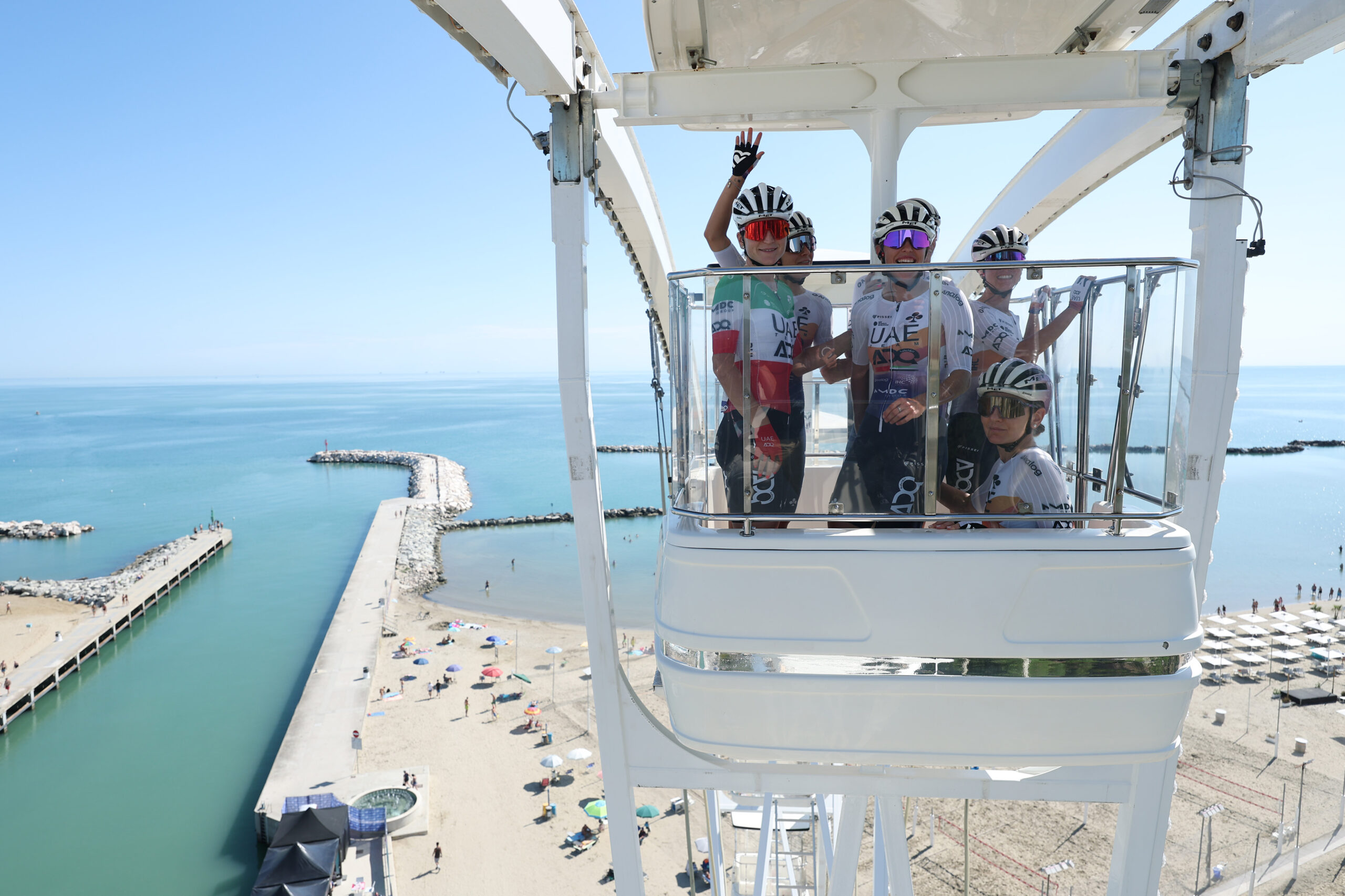
Giro d’Italia Women 2025 | Stage 6 | Best of
11/07/2025

